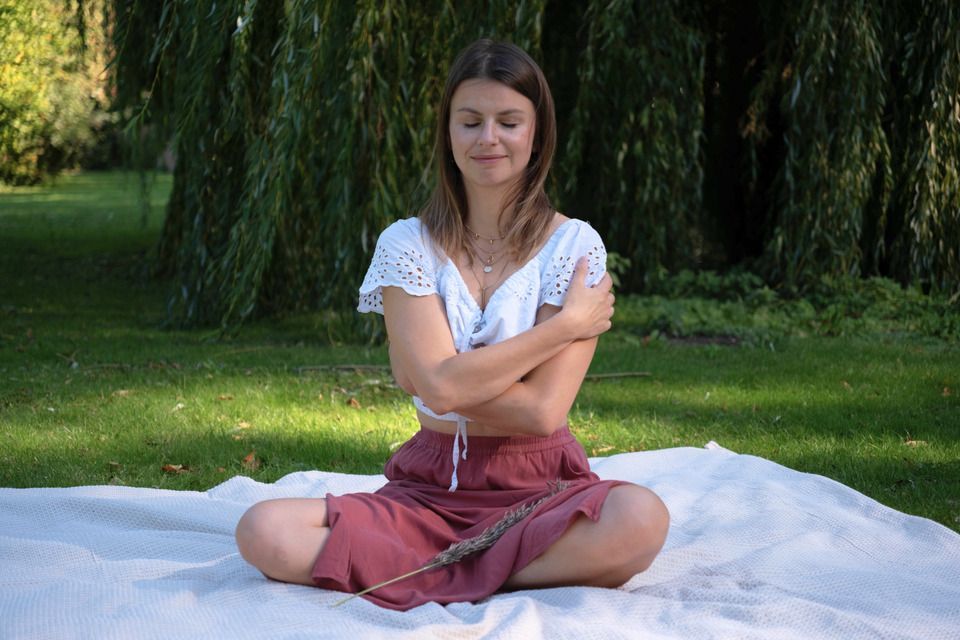Attachment Styles
Unlock the Power of Secure Relating.
Come Home to Your Authentic Self.
Attachment Styles: How We Love, Relate and Protect
Our earliest bonds shape how we show up in relationships — not just romantic ones, but also with friends, family, and even ourselves. Attachment styles are unconscious patterns formed in childhood, based on how consistently and attuned we experienced connection, care, and play.
Understanding your attachment style isn’t about putting you in a box — it’s about compassionately recognizing your patterns, so you can begin to choose differently instead of repeating old cycles.
Attachment Styles Shape Who We Are In Our Relationships
Maybe you’re the one who replies to messages right away and feels uneasy when there’s no response. Or you keep saying “yes” when you really mean “no,” just to avoid letting someone down. Perhaps you give endlessly while quietly hoping the other person will finally give back, or you might prefer keeping your distance because closeness feels invasive or overwhelming.
These are not random quirks — they’re intelligent strategies your younger self developed to protect you from pain that once felt unbearable.
When you begin to notice your own way of relating with fresh eyes, you can start showing up more authentically, set kinder boundaries, and feel safer being yourself in your closest relationships.
Moving Towards Secure Attachment
Early attachment patterns may run deep, but they’re not unchangeable. With awareness, supportive secure relational experiences, and growing nervous system regulation, you can begin to cultivate a felt sense of safety that shifts the way you relate.
At the heart of this work lies the connection–authenticity paradigm: the old fear that if you show up as your true self, you might lose connection. Moving towards secure means gently unlearning that split — discovering that authenticity and connection can exist together.
In practice, it looks like setting boundaries without guilt, trusting that you can depend on others, and letting yourself be seen as you truly are.
It’s not about becoming perfect in relationships — it’s about creating more space for ease, trust, and genuine connection.
What is Your Personal Attachment Style?
Each style — anxious, avoidant, or disorganized — can show up in many different shapes and forms.
Every person has a unique way of protecting what matters most to us as humans: love and connection.
Moving towards secure means becoming aware of your personal patterns — how you might deflect, disconnect, hide, attack, mistrust, or shut down when you feel triggered.
It’s about gently witnessing the protective reasons and intentions behind these strategies, and finding freedom in relating to them in new ways.
"The Kind Eyes Experiment"
Imagine someone looking at you with kind eyes. A good friend, a family member, a child, an imagined figure or even a pet.
Notice what happens in your body:
- Can you allow the kindness to move through you? Can you bathe in it?
- Do you feel blocked, resistant, tight, or numb?
- Do you get sad, angry, or want to hide?
- Do you feel unworthy, overtaken, or even threatened?
Your reaction may give you a glimpse into your attachment style.
Practice:
Look for micro-moments of connection in daily life. Take them in slowly, embody them, and let yourself savor their beauty. With practice, your system learns that friendliness and safety are all around.
Explore The Four Primary Attachment Styles
The Primary Attachment Styles offer a simple overview and some first hints. You can explore your usual coping styles and see where you might begin leaning more towards security. Also find additional inside with the "Body Responses Wheel".
01
Secure Attachment
People with a secure style tend to feel at ease with closeness and independence. They can trust others, express needs directly, and navigate conflict with resilience.
Core traits: emotional safety, warm presence, secure boundaries, trust in connection.
02
Anxious/ Ambivalent
Often rooted in inconsistent caregiving, this style comes with
high sensitivity to rejection and a strong fear of abandonment.
You might find yourself overthinking texts, needing reassurance, or feeling emotionally "too much."
Core traits: clinginess, strategizing, preoccupation, low self-worth in relationships.
03
Avoidant/ Dismissive
Shaped by emotional distance or neglect, this style often
favors independence over intimacy.
You might downplay your needs, feel uncomfortable with vulnerability, keep yourself busy, or shut down in conflict.
Core traits: self-reliance, emotional suppression, fear of engulfment.
04
Disorganized/ Fearful Avoidant
This style can feel like being caught in a push-pull — craving closeness, but fearing it at the same time. Often linked to relational trauma, it involves deep confusion around trust and safety.
Core traits: emotional unpredictability, internal chaos, high sensitivity and mistrust.



